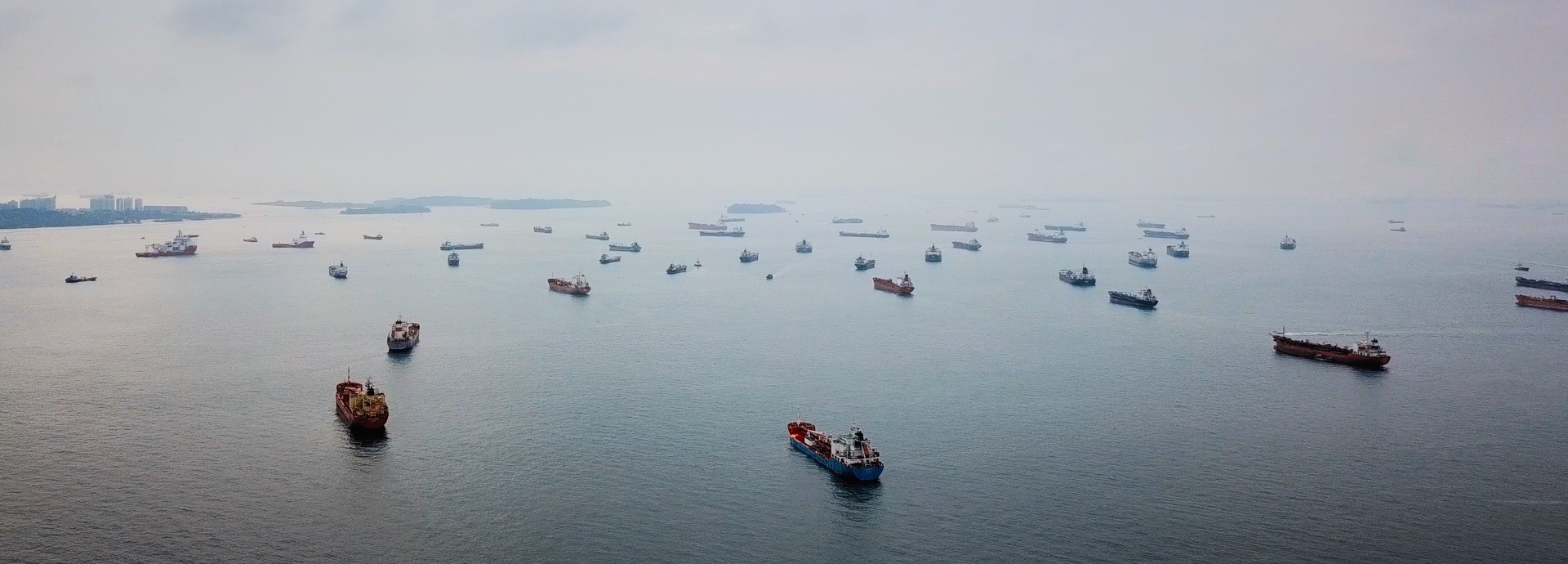

Partnering with a Dutch university is providing both Wärtsilä and the students involved with possibilities like never before. We find out why collaboration is ensuring that everybody wins.
A few years ago, when Wärtsilä’s Teus van Beek, General Manager of Ecosystems Innovation in the Netherlands, realised that many students from several Dutch universities were regularly working on their graduation projects
with Wärtsilä, he knew there was an opportunity to firm up a collaboration. He started enquiring if any of the universities were doing anything specific on the topic of innovation and soon came across the Innovation Minor programme at the
Avans University of Applied Sciences.
“I met with an enthusiastic lecturer who saw the advantage of working together. We agreed that we would provide them with topics that are useful to both of us. They can use these in their curriculum to teach students how to write a proposal for
an innovation project. A win-win situation,” says Van Beek.
Wärtsilä collaborates not only with companies all over the world but also with universities and research institutes, on a regular basis. You need to collaborate nowadays, Van Beek explains. “Wärtsilä has many ambitions, like
wanting to make shipping greener. And although we have a lot of technology, we can’t do it alone because we can’t focus on every part of the chain. Together, we can accomplish so much more.”
Wärtsilä and Avans have now been working together for six years. In 2021, Wärtsilä asked the students to develop innovations for battery-powered inland vessels and emission reduction for mega-yachts. Another group worked on a wind-assisted
propulsion feasibility study, while others looked into using performance measurements to sell energy-saving technologies.
Presentation to a jury
At the end of the project, the students presented their plan to a jury comprising their lecturers, a number of Wärtsilä employees and employees from a few other companies. The jury played the role of potential clients with an interest in the
proposals.
“It’s always an exciting day,” says Van Beek. “They receive a grade for their plan and presentation and can even win an innovation award. We assess whether the innovation is of interest to the client, how appealing their presentation
was and whether they came up with an interesting business model. It doesn’t need to be too technical, but it needs to be technically feasible.”
While the students don’t have a shipping background, they do need to get to know the business a bit, Van Beek explains. “Some technical details and knowing the terms used in the field are required, so that they speak the clients’ language
when they interview them.” He realises this is quite challenging. “It takes quite some effort, but they managed to learn a lot about the sector in a short period of time and were enthusiastic in the end.”
Implementation in practice
Over the course of the collaboration, students have come up with new and useful ideas, says Van Beek. “Some of their ideas can really be developed into a product and put on the market.”
He was especially impressed with a set of infographics that one of the groups created. “The younger generation is often more digitally savvy. They managed to display the pros and cons of an innovation at a glance.” Smiling, he continues: “I
think this is something we can learn from!”
An idea that will also be implemented is a website with tailored training for the users of Wärtsilä’s equipment. Not everyone needs the same information, and this way everyone can pick the courses they need for their situation.
Instructive project
The university and the students stand to gain from the collaboration as well. Bart Mutzers, a student of industrial engineering & management, and Gijs Storimans, who studies electrical engineering, joined
this year’s project. They were tasked with preparing a value proposition based on Zero Emission Services (ZES) offering to convince inland waterway shippers to use battery containers as their main power source. “We focused on creating
added value for clients and looked at why ship owners might choose this sustainable option,” explains Storimans.
“The main conclusion from our research is that the ZESpack is currently still very expensive when compared with fossil fuel. This means that without a subsidy, it will not be profitable for ship owners to switch to battery containers,” says Mutzers.
Both Mutzers and Storimans agree that the project was highly instructive. They learned a lot such as how to address clients and conduct interviews.
Stepping out of routines
Looking back on the collaboration with the Avans University of Applied Sciences and its students, Van Beek says: “It’s great to work together with the students and we really appreciate their fresh views. They often come up with surprising
insights that keep us on our toes. Many things have come to seem obvious to us, and we can forget to explain things to a client. It is good to step out of our routine.”
He also hopes this collaboration, and working together with other universities, helps Wärtsilä become more visible and known in the Netherlands. “We have around 800 people working here and regularly need new employees, so it is good that students and their lecturers get to know us.”
Did you like this? Subscribe to Insights updates!
Once every six weeks, you will get the top picks – the latest and the greatest pieces – from this Insights channel by email.

